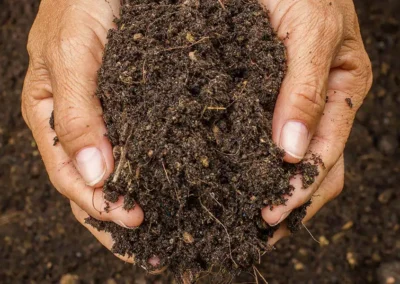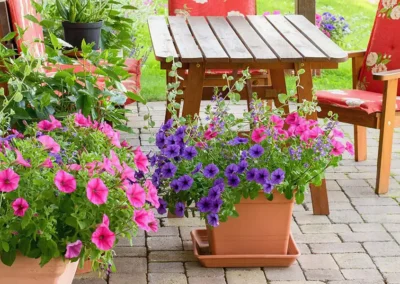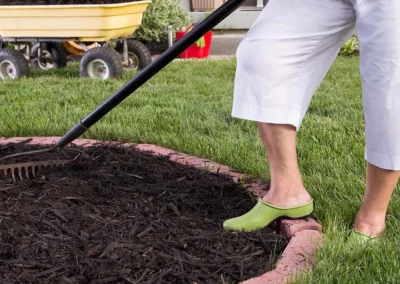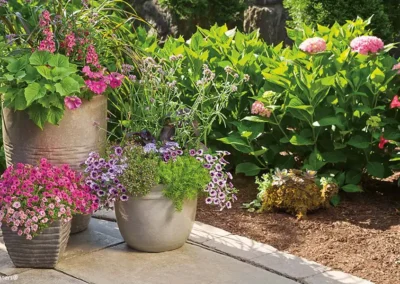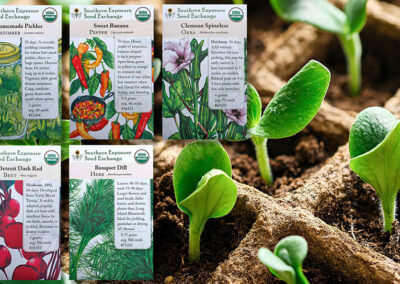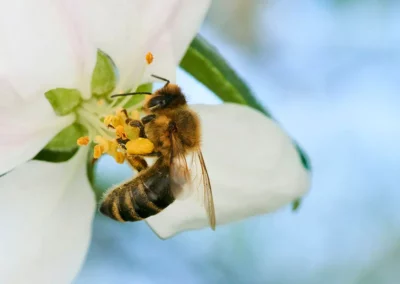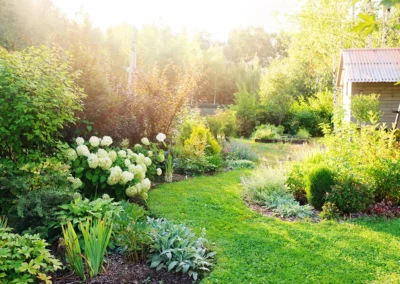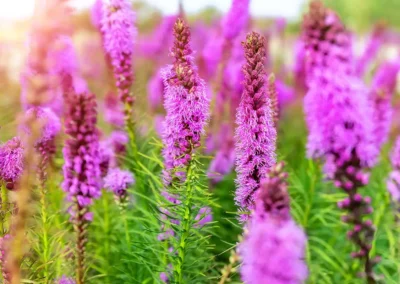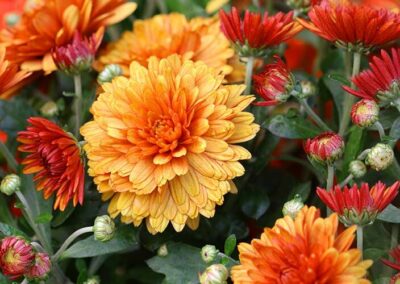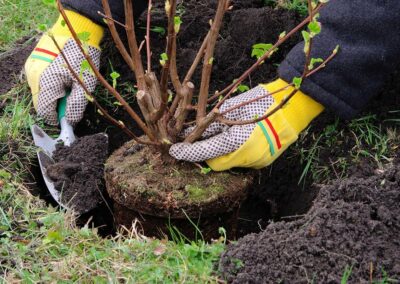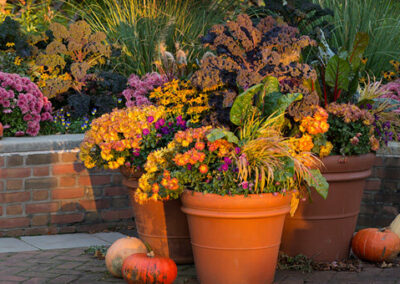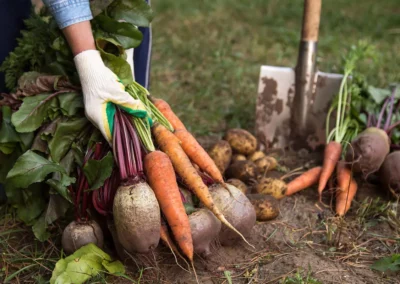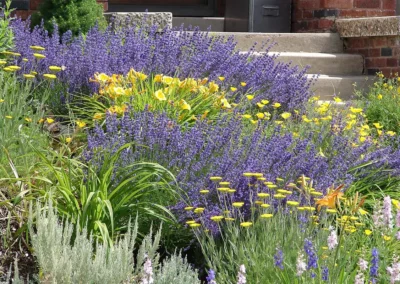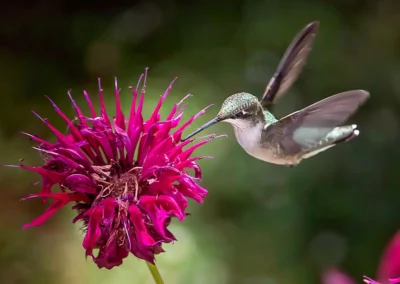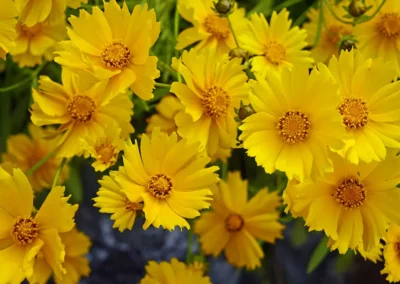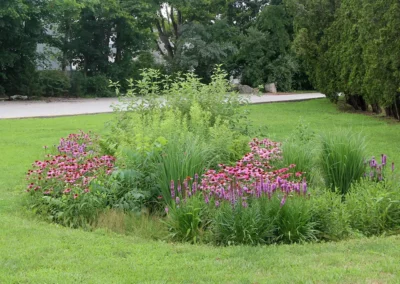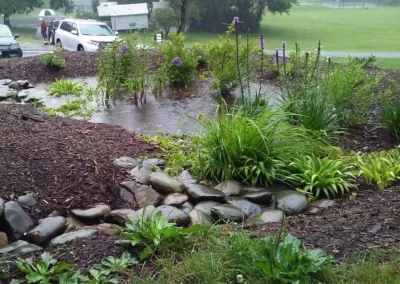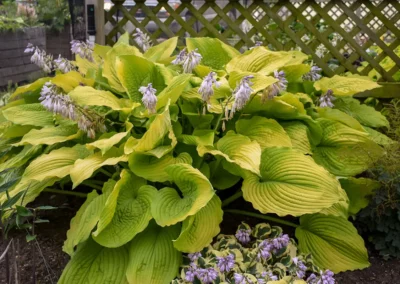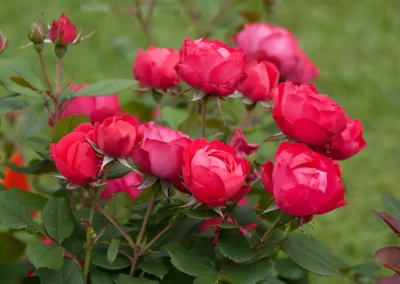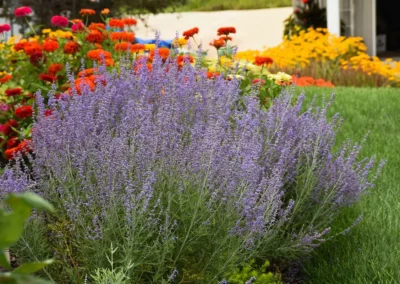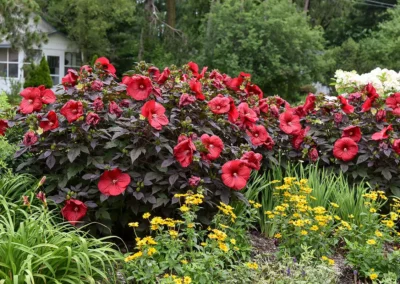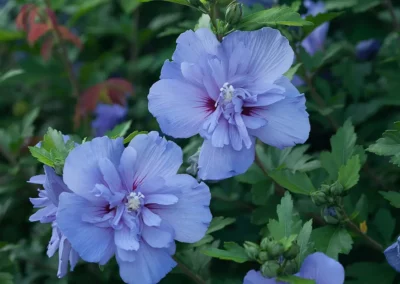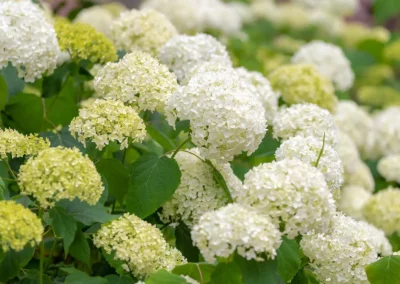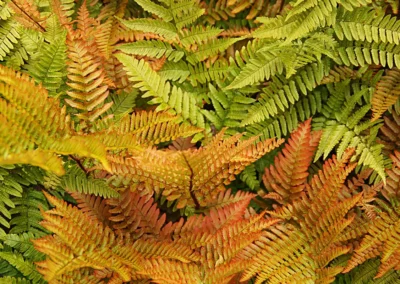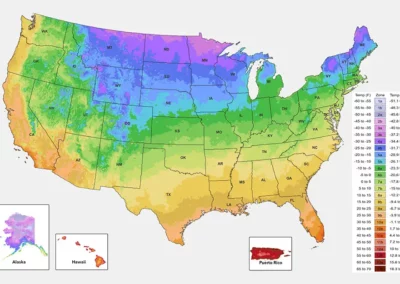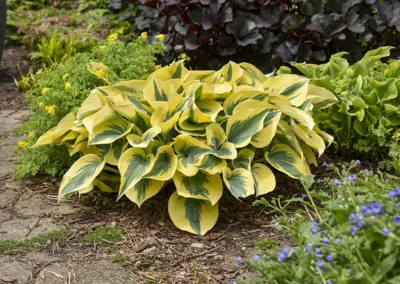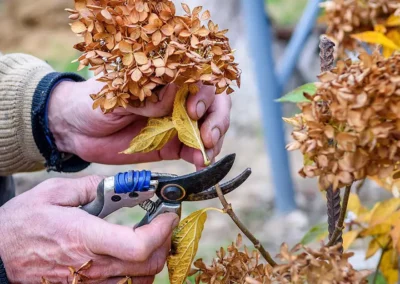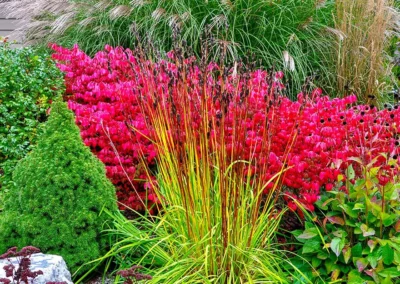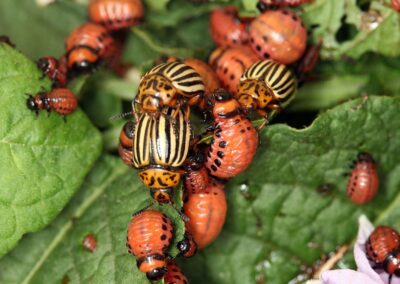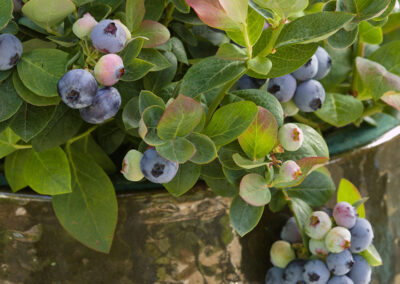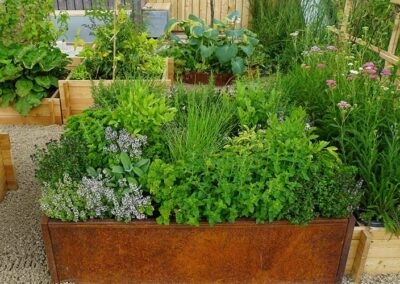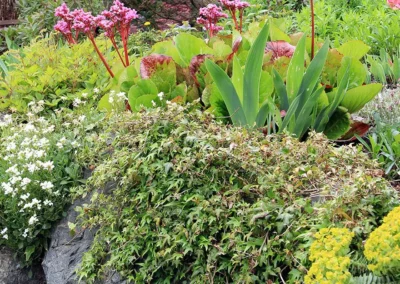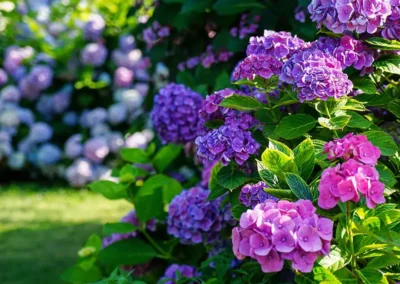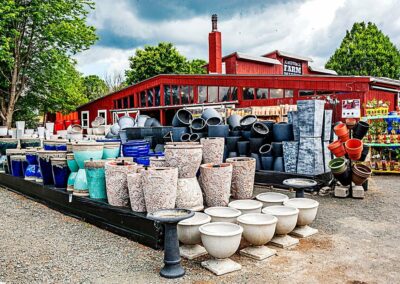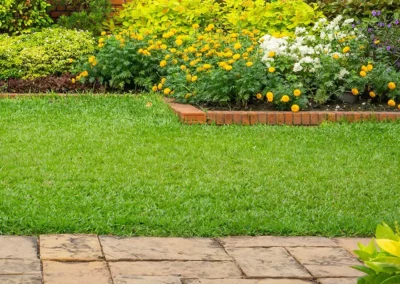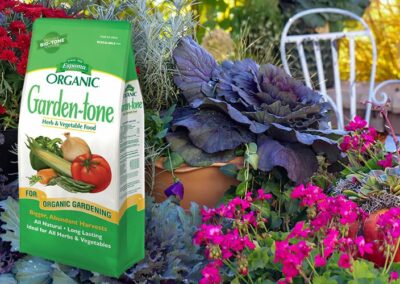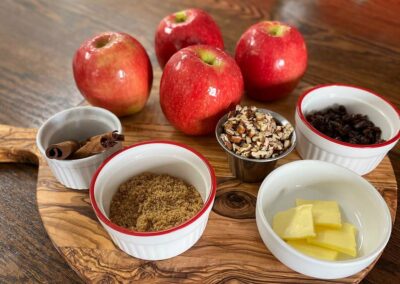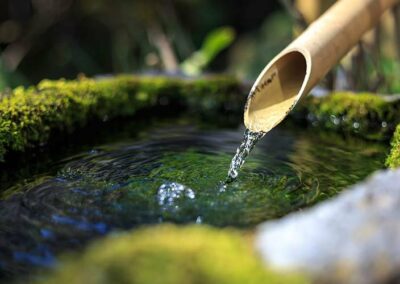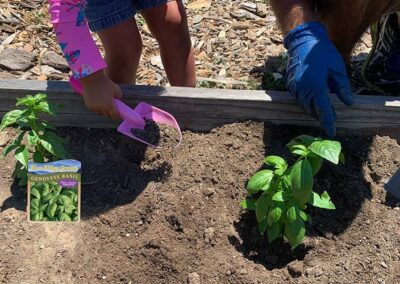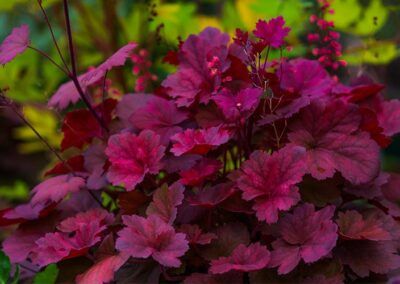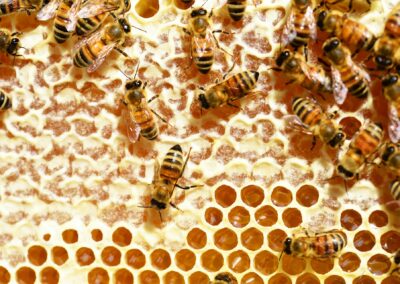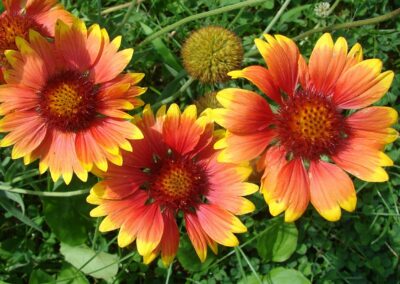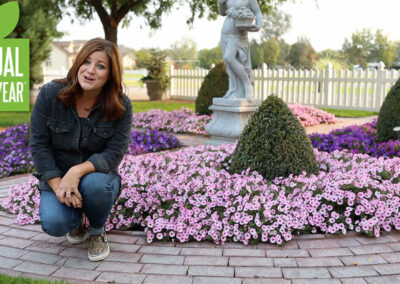Do you have plants that look like they’ve been sprinkled with flour? Or snowed on? If you do, you have powdery mildew.
Powdery mildew is a common fungus that affects a wide variety of plants.
The good news is that powdery mildew can be easily identified, appearing as light gray or white powdery spots usually found on infected leaves.
It can also be found underneath the leaves, or on stems, flowers, fruit or vegetables.
The spots will spread, eventually covering most of the leaves on the plant, with new plant growth being the most susceptible.
Powdery mildew thrives in warm, dry climates, but it also needs fairly high humidity — sound like the summertime here in zone 7?
Not enough sunlight and poor air circulation also contribute to conditions that encourage powdery mildew.
Keep your eyes on these plants.
Unfortunately, there aren’t any plants (zero, zilch, nada) that are completely immune to some form of powdery mildew, and there are some that are MORE susceptible to powdery mildew than others, They include:
Begonias
Sunflowers
Chrysanthemums
Dahlias
Roses
Zinnias
Melons
Zucchini
Squash
Lettuce
Cucumbers
Potatoes
Parsley
Pumpkins
Grapes
Peppers
Tomatoes
Interestingly, powdery mildew is caused by several different species of fungi that affect different kinds of plants. The powdery mildew that you find on your squash is not the same as the mildew on your beans or roses.
Gourd plants such as pumpkins, squash, cukes, and melons have three different powdery mildew fungi gunning for them that can thrive in both humid and dry weather. The spores of the fungi are windborne and can’t really be avoided.
What can you do to prevent or eliminate powdery mildew?
First, when you’re planting, be sure to space your plants far enough apart to promote good air circulation. Also, be sure they get enough direct sunlight.
If you do see you have some of the powdery stuff, you can wipe or wash it off; chances are, though, it will return again.
Although rarely fatal, if left unchecked it can eventually cause serious harm to your plants by robbing them of water and nutrients.
Most infections cause minor damage such as leaves turning yellow or becoming withered or distorted, but plants can also become weak, bloom less, and grow more slowly.
Remove the affected leaves, stems, buds, fruit or vegetables from the plant and discard.
Some perennials can be cut down to the ground and new growth will emerge. Do not compost any damaged or diseased foliage as the spores can spread and persist in the composted material. And don’t forget to disinfect pruners and all tools after using them on infected plants.
Finally, use a powdery mildew fungicide on infected plants; copper or sulfur-containing organic fungicides can be both preventive and treatment for existing infections.
As always, your Garden Market is here to help you ensure your garden stays lush and healthy.
If you need preventions and treatments, you know we have your back. With our help, you can make that powdery mildew a big milDON’T!

